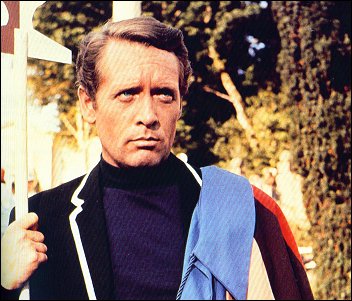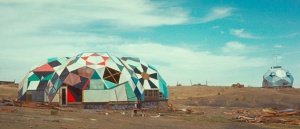 ‘Software is eating the world!’ US tech investor Marc Andreessen claimed in 2011, on the eve of launching his venture capital firm, Andreessen-Horowitz. This extraordinary claim has become the mantra of Silicon Valley entrepreneurs, codifying a new philosophy of tech entrepreneurialism and kickstarting a bold new era of creative destruction. Decoded it means: software engineers are world-builders – so look out! Bored with building apps, games, and websites, the latest generation of tech entrepreneurs are creating social operating systems for the societies and economies of the future. Reconfiguring the relationships between goods, consumers, and service-providers, these new social operating systems are swallowing whole marketplaces at a time, eating up business that was previously enjoyed by recruiters, cab companies, hotel chains, and estate agents.
‘Software is eating the world!’ US tech investor Marc Andreessen claimed in 2011, on the eve of launching his venture capital firm, Andreessen-Horowitz. This extraordinary claim has become the mantra of Silicon Valley entrepreneurs, codifying a new philosophy of tech entrepreneurialism and kickstarting a bold new era of creative destruction. Decoded it means: software engineers are world-builders – so look out! Bored with building apps, games, and websites, the latest generation of tech entrepreneurs are creating social operating systems for the societies and economies of the future. Reconfiguring the relationships between goods, consumers, and service-providers, these new social operating systems are swallowing whole marketplaces at a time, eating up business that was previously enjoyed by recruiters, cab companies, hotel chains, and estate agents.
Take the sharing economy startup Airbnb, for instance (recipient of $112 million in funding from Andreessen-Horowitz in 2011). Andreessen claims:
Airbnb makes its money in real estate. But … Airbnb … has much more in common with Facebook or Google or Microsoft or Oracle than with any real estate company. … Airbnb is building a software technology that is equivalent in complexity, power, and importance to an operating system. It’s just that it’s applied to a section of the economy.
An operating system is low-level software that runs on a computer and directs its operations. Andressen’s application of this idea to a company like Airbnb speaks volumes about the ambition of the new startup entrepreneurs and their world-building philosophy. Just as a computer operating system organises the hardware resources of the computer unit, creating a functional machine, social operating systems refigure the ‘hardware’ of human reality, connecting people and things in new and productive ways. Airbnb puts people with spare rooms to rent in touch with travellers seeking short-term accommodation. Uber and Lyft put passengers looking for a ride in touch with drivers looking for a fare. TaskRabbit links people to a universe of micro-entrepreneurs who are ready to run their errands, clean their houses, and mow their lawns for a fee.
This is creative destruction on a grand scale. The social and economic strata constructed over decades is being rapidly redesigned by plucky young geeks in the shadow of the Google campus.













